Welcome to Wall-to-Wall Equipment, the weekly gear wrap-up in which GOLF equipment editor Jonathan Wall takes you through the latest trends, rumors and breaking news.
Throwing it back
The modern 460cc driver is here to stay but with a golf ball rollback materializing in the coming years, it’s fair to wonder what would happen if the ball stayed the same but golfers were forced to play a smaller driver profile. Or, in this case, a throwback persimmon wood.
At Colonial, pros were given the chance to test Hogan clubs from Ben Hogan’s personal collection, including several persimmon woods. For golf purists, the fleeting moment was a dream come true: Pros using persimmon at a Tour event.
Justin Rose was one of the pros who took several cuts with the driver using a modern ball — and the results were impressive.
Rose averaged anywhere from 167-168 mph ball speed with the driver which equated to roughly 267 yards of carry. All in, Rose’s total distance managed to creep over 290 yards on several hits. To put those numbers into perspective, the average carry distance on Tour, according to Trackman, is 282 yards.
Persimmon isn’t making a comeback on Tour, but it’s still fun to wonder what a pro tournament with throwback equipment would look like. It also leads to questions about whether a driver rollback would be more beneficial than a universal ball rollback.
If you’re Team Driver Rollback, know golf’s governing bodies confirmed they’re going to take a closer look at driver performance (spring-like effect and off-center forgiveness) in the coming years.
New wand
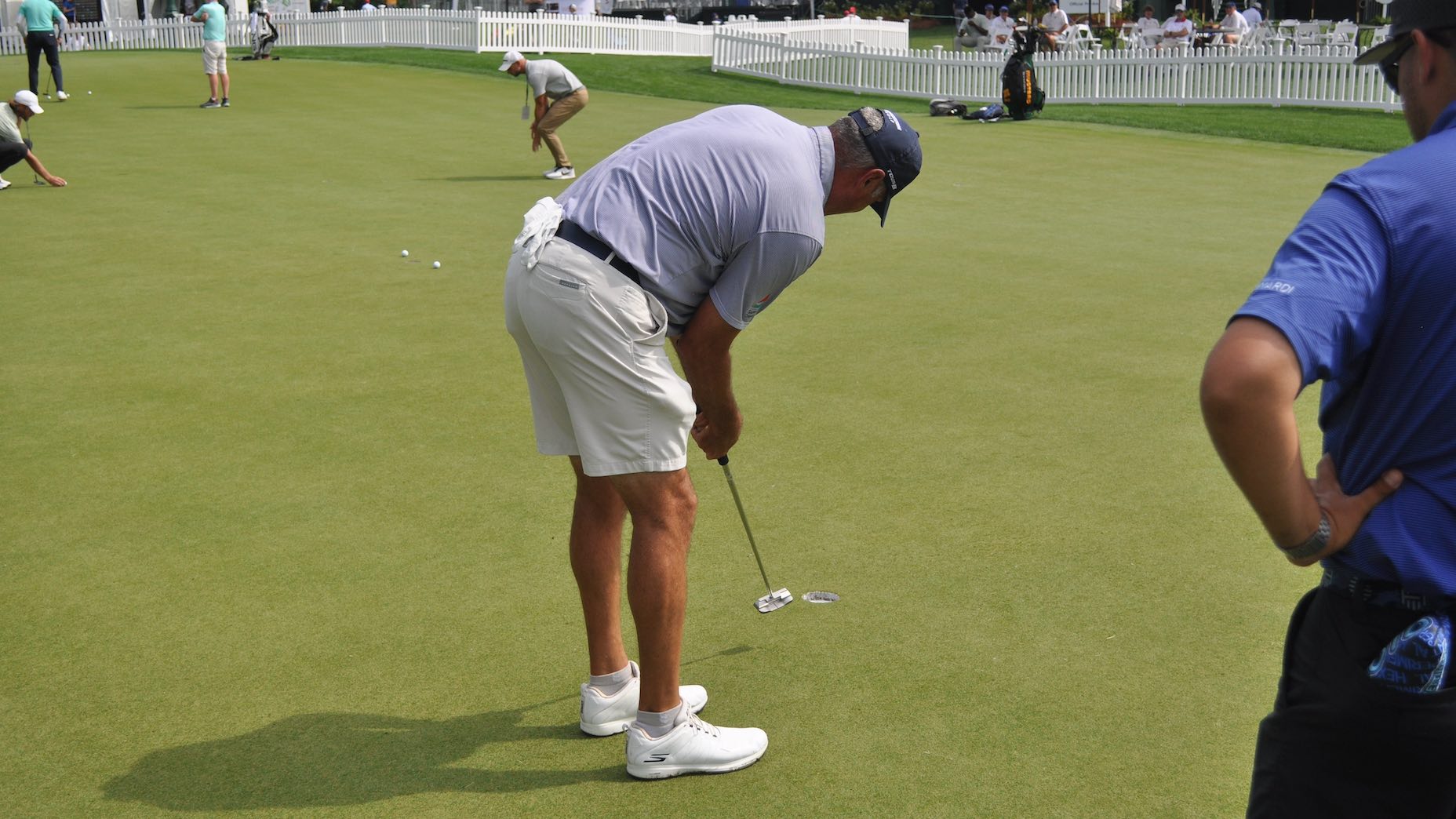
On Wednesday at the Wells Fargo Championship, Matt Kuchar strolled up to the practice putting green and was presented by Bettinardi Tour reps with the final version of a prototype putter he’d spent months working on with the manufacturer’s designers.
After going through dozens of iterations, Kuchar and Bettinardi landed on a center-shafted Hexperimental Proto. Most center-shafted putters are face-balanced, with the weight evenly distributed between the heel and toe. The weight distribution allows the head to move straight back and through instead of on an arc, which keeps the head from twisting at impact.
Matt Kuchar and @BettinardiGolf have been working on a prototype putter he’ll debut at Colonial. Aluminum core places more mass towards the perimeter to mitigate face rotation. pic.twitter.com/cz9PtOmGix
— Jonathan Wall (@jonathanrwall) May 22, 2024
Instead of simply making the head heavier to reduce twisting at impact, Bettinardi used an aluminum core — found in the cavity — to displace weight towards the heel and toe. The core improved the overall sound and feel at impact while also reducing the amount of head twisting Kuchar was used to seeing on mishits.
Kuchar liked the way the putter performed at Quail Hollow Club but chose to take it home and conduct additional testing on his own. He officially put the prototype in play for the first time last week at Colonial.
Hiding in plain sight
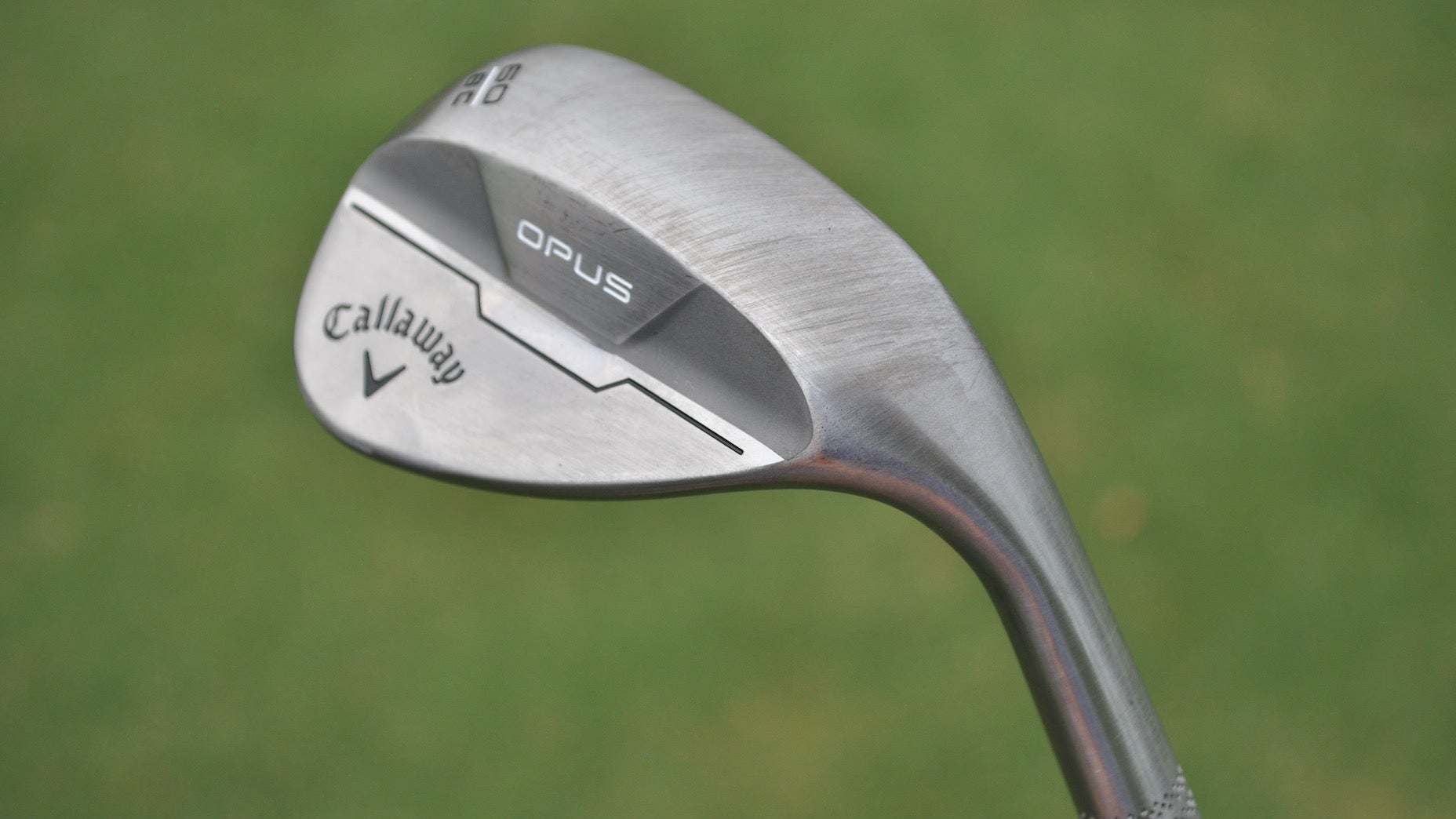
If you don’t count the high-toe option and new grinds that were added to the Jaws Raw lineup, the last wedge Callaway released was Jaws Raw in 2022. Callaway officials wouldn’t comment on the prototype that showed up at Colonial, but it’s assumed “Opus” is bound for retail at some point in the future.
One of the biggest questions still to be answered is who designed the wedge. Former wedge designer Roger Cleveland was unveiled as the EVP of Terra Forza Golf earlier this year and plans to focus on shaft projects going forward. That means Opus could wind up being his parting creation or the first short-game tool for a new wedge design team.
Compared to the most recent Jaws offering, Opus appears to have shifted away from the weight ports found in the back of the head that helped alter launch depending on the loft. A thicker piece of metal is positioned directly behind the hitting area and likely helps bolster feel. It’s possible the mass is being used to change the launch properties as well.
The toe profile has been thinned out to give it a more traditional look at address. The overall profile also looks to be more rounded than the current Jaws, which should appeal to gear traditionalists.
Major momentum
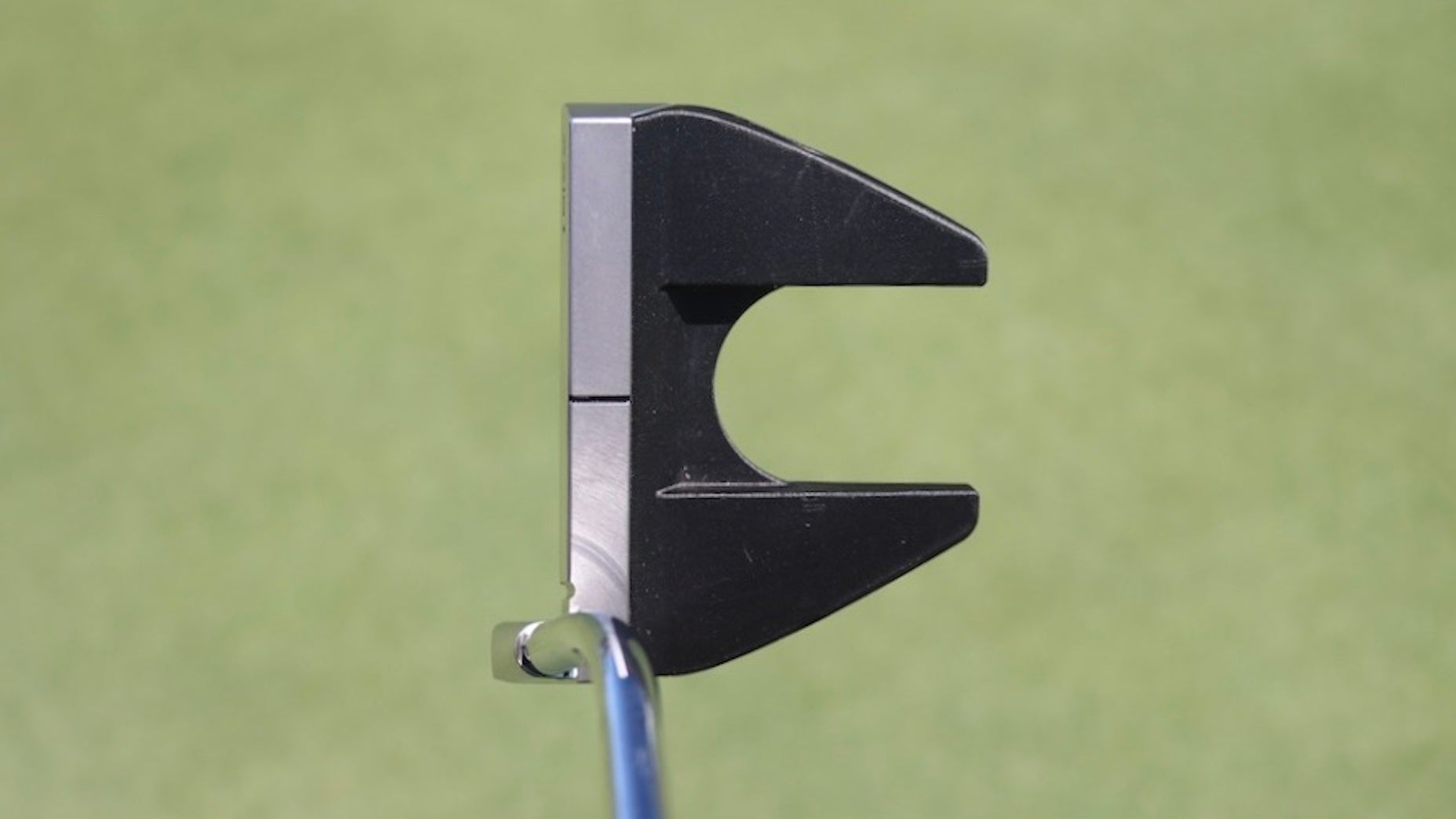
Justin Rose has been lethal with the putter at the majors over the last five years. At the PGA Championship, the former U.S. Open champion gained over 7 strokes on the field with an Axis1 Rose mallet. Since switching to the putter in 2019, Rose is a combined plus-63.912 in Strokes Gained: Putting at the majors.
The incredible run hasn’t resulted in a second major victory, but Rose admits it’s flipped the script on one of the weaker parts of his game.
“It’s always interesting at the major level,” Rose told GOLF.com. “I can’t quite attribute why the major level is different, but overall my [putting] stats have been way better since 2019, which was when I switched to the Axis1. [The putter] was one of the main reasons why I ended up moving in a different direction from TaylorMade. They still wanted a 14 club situation, but I felt strongly the putter and patents around the putter was something I wanted to take advantage of.”
At the time, Rose’s putter-only agreement was almost unheard of in an industry where staff deals have become the norm. Rose admits he gave up a healthy payday to ink the putter arrangement, but it was a calculated risk worth taking in the end. The numbers with the flatstick at the majors don’t lie.
“It was a performance-based decision,” he said. “Doing the deal probably cost me a lot. There was a period where I wasn’t really settled with my equipment. I knew there was a big opportunity to putt better. Had I putted the way I’ve putted the last few years during the prime of my ball-striking career, I’d have cleaned up. I was never in the top 100 before in putting — outside of an uptick in 2018 — before I switched to the Axis1. It’s the only part of my equipment I haven’t tinkered with in recent years.”
Miura man
Adam Scott continued to shake up his iron composition with a mixed set of Miuras at the Charles Schwab Challenge. The four different Srixon models he had in the bag at the PGA Championship were replaced by CB-302 long irons (4-5) and KM-700 mid and short irons.
Scott and Miura collaborated on a special set of AS-1 blades bearing his initials last year, so this isn’t the first time the Aussie has played something from the Japanese manufacturer.
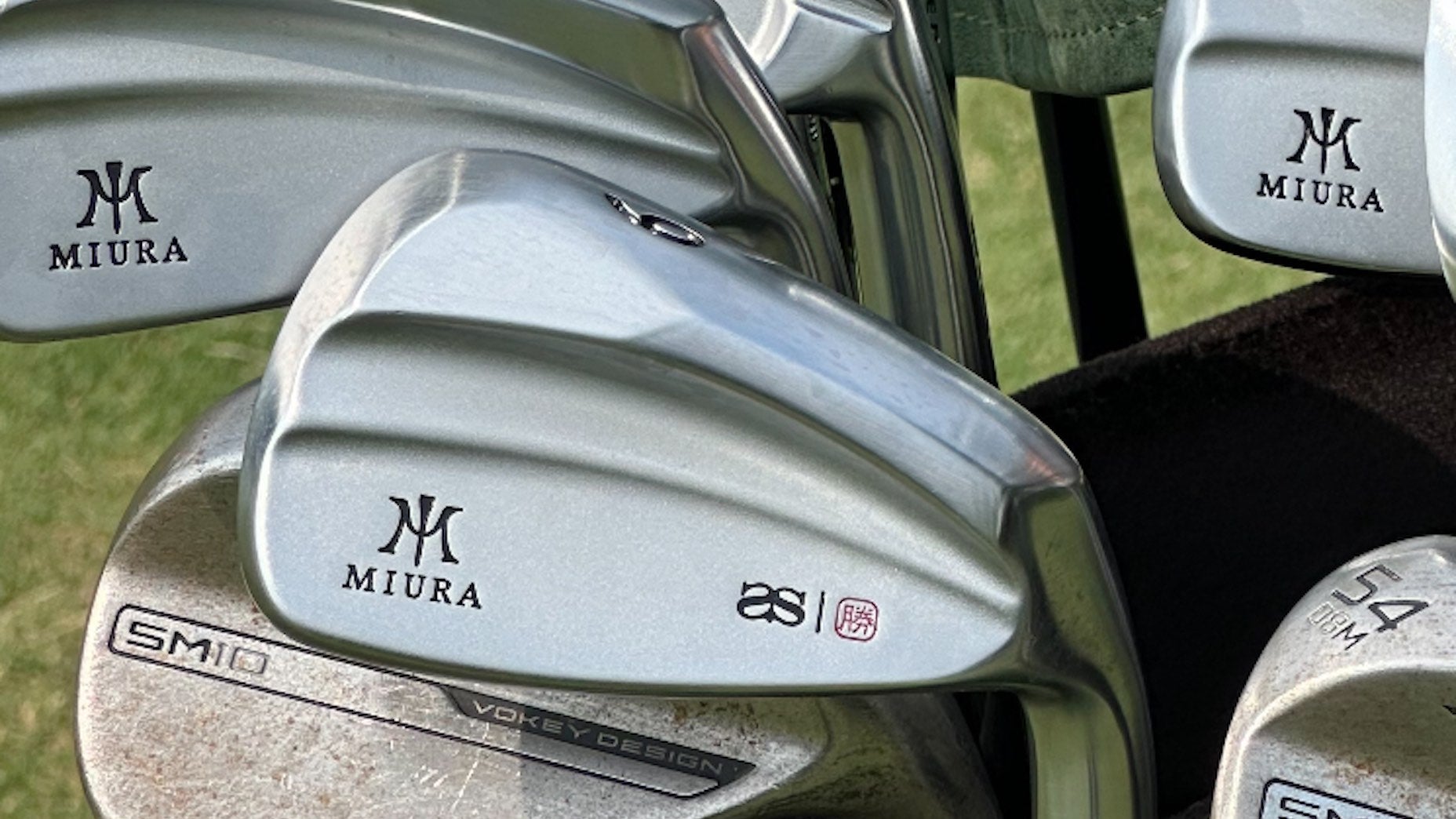
This also isn’t the first time Scott’s used KM-700 in competition. Last year during the 2023 Wyndham Championship, Scott chose to make a rarely seen Sunday iron change and add KM-700 mid and short irons alongside Titleist 620 CB long irons. He wound up finishing T7 for the tournament.
The red “Hanko” stamp found on the back of each KM-700 head is known as Katsuhiro Miura’s personal stamp of approval when an iron is crafted to his exacting specifications. (It’s important to point out that KM-700 is the only current retail iron offering to feature the Hanko stamp.)
Printing putters
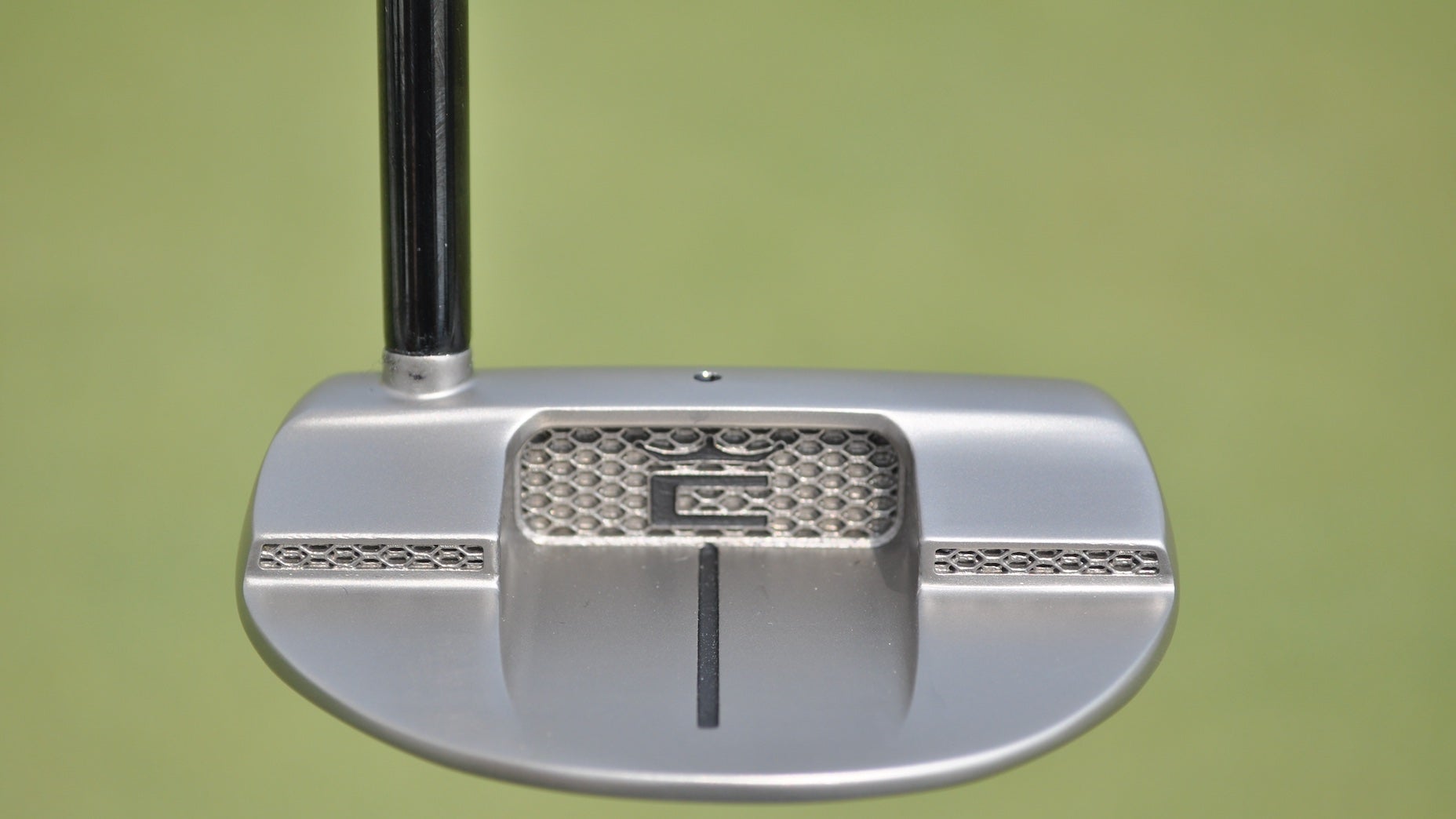
Cobra’s 3D printer has been busy whipping up new creations in recent months. Just last week, the company released its first consumer-ready 3D-printed Limit3d irons. The blades featured an innovative internal lattice structure that allowed 33 percent of the clubhead weight to be repositioned in the form of 100 grams of tungsten — without sacrificing strength.
Based on the MM Proto putter that was introduced on Tour at the Charles Schwab Challenge, Cobra has plans to use the lattice structure on other clubs. Cobra reps wouldn’t comment on the putter design, but it’s safe to assume the lattice located in the heel, toe and cavity serves a similar benefit, removing weight from key areas to reduce unwanted twisting at impact.
Cobra already has a retail line of 3D-printed putters, so this isn’t their first rodeo. However, with new learnings from the Limit3d irons, it’s fair to wonder if the latest MM Proto is an improvement on the previous mallet designs.
Pros were allowed to check out the putter for the first time on Colonial’s practice green and offer feedback that will no doubt be used to shape future 3D designs.
Want to overhaul your bag for 2024? Find a fitting location near you at True Spec Golf.
Latest In Gear

Jonathan Wall
Golf.com Editor
Jonathan Wall is GOLF Magazine and GOLF.com’s Managing Editor for Equipment. Prior to joining the staff at the end of 2018, he spent 6 years covering equipment for the PGA Tour. He can be reached at jonathan.wall@golf.com.









